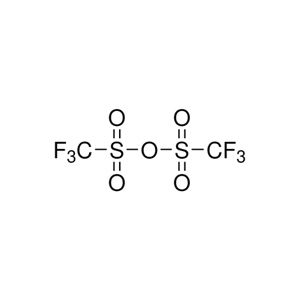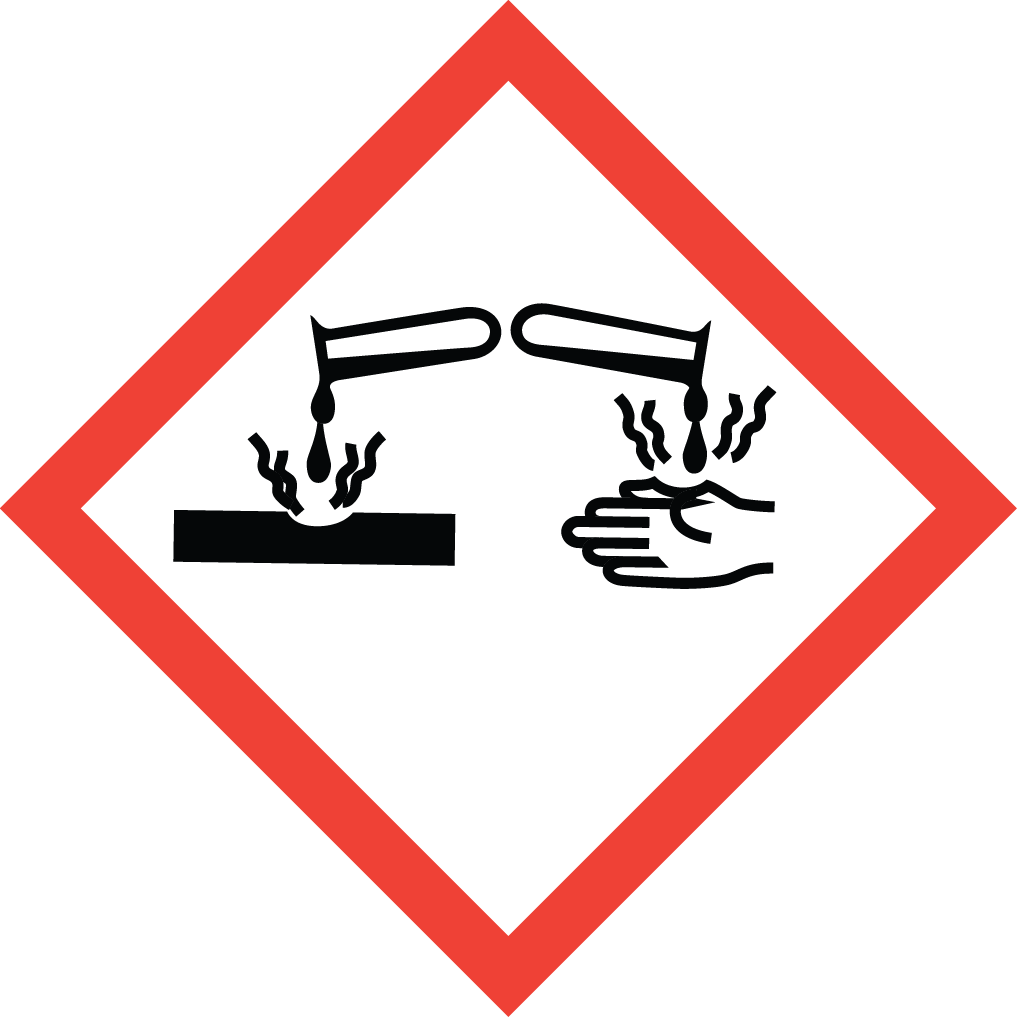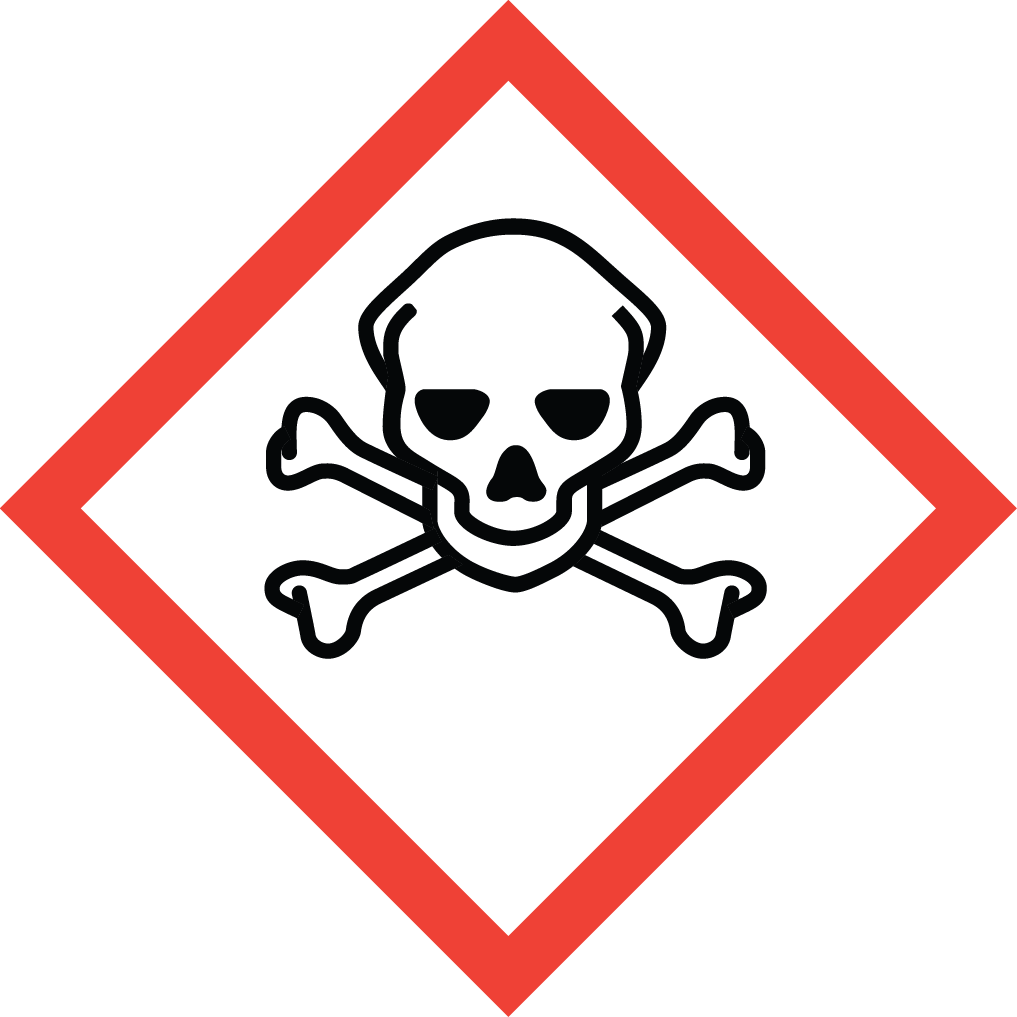Aure Chemical: Your Trusted Source for High-Purity Triflic Anhydride (CAS 358-23-6)
Aure Chemical is a premier global supplier of high-quality Triflic Anhydride, formally known as Trifluoromethanesulfonic Anhydride. Identified by its CAS number 358-23-6, Triflic Anhydride is a colorless, fuming liquid renowned for its exceptional reactivity and powerful electrophilic character. It is one of the most potent triflating agents available, widely used for converting hydroxyl groups into excellent leaving groups (triflates), thereby facilitating numerous synthetic transformations. This versatile compound is indispensable as a strong electrophile and dehydrating agent in complex organic synthesis, and serves as a highly effective catalyst for various reactions in pharmaceutical, agrochemical, and advanced material science applications. Aure Chemical is committed to providing Triflic Anhydride that meets stringent purity and performance requirements, ensuring consistent and reliable results for your most demanding industrial and research applications. Partner with us for a dependable supply of this critical chemical.
Basic Information of Triflic Anhydride
Triflic Anhydride (CAS No. 358-23-6) is meticulously produced and rigorously tested to meet stringent quality standards. We offer various grades to suit your specific application requirements:
| CAS No.: | 358-23-6 |
|---|
| EC No.: | 206-616-8 |
|---|
| Linear Formula: | (CF₃SO₂)₂O |
|---|
| Molecular Weight: | 282.14 |
|---|
| Appearance: | Colorless, fuming liquid. |
|---|
| Melting Point: | -80°C |
|---|
| Boiling point: | 81-83 °C (lit.) |
|---|
| Density: | 1.677 g/mL at 25 °C (lit.) |
|---|
| Solubility: | Highly reactive with nucleophiles, water, and protic solvents. |
|---|
| Stability: | Available in high purity grades (e.g., 99% min) for sensitive synthetic and catalytic applications. |
|---|
| RIDADR: | UN 3265 8/PG 2 |
|---|
| Chemical Structure: |  |
|---|
Our commitment to delivering high-purity Triflic Anhydride ensures a reliable and efficient component for your critical processes, offering consistent quality for diverse synthetic and industrial applications.
Primary Applications of Triflic Anhydride (Trifluoromethanesulfonic Anhydride)
Triflic Anhydride's extreme electrophilicity and potent triflating ability make it an invaluable reagent with significant applications in various advanced chemical processes:
Derivatizing Agent / Triflating Agent:
Triflic Anhydride is primarily used to introduce the trifluoromethanesulfonyl (triflyl) group ($CF_3SO_2-$) into organic molecules. This is crucial for:
Converting Hydroxyl Groups: Efficiently transforms alcohols into highly reactive triflates, excellent leaving groups for nucleophilic substitution reactions (e.g., in stereoselective syntheses).
Activating Carboxylic Acids: Forms mixed anhydrides that are powerful acylating agents.
Preparing Triflates: Synthesizing various triflate esters and salts, which are themselves versatile reagents and catalysts.
Strong Electrophile in Organic Synthesis:
It acts as a potent electrophile in Friedel-Crafts type reactions, Vilsmeier-Haack reactions, and other electrophilic aromatic substitutions, allowing for precise and effective functionalization of organic compounds.
Dehydrating Agent:
Its strong affinity for water makes it an effective dehydrating agent in certain sensitive organic reactions, particularly when forming unsaturated compounds or anhydrides.
Catalyst in Chemical Transformations:
Triflic Anhydride serves as a powerful catalyst for various reactions, including:
Polymerization: Initiates or catalyzes the polymerization of a range of monomers, leading to specialty polymers.
Cyclization Reactions: Promotes the formation of cyclic compounds.
Rearrangements: Facilitates complex molecular rearrangements.
Pharmaceutical and Agrochemical Development:
It is a critical reagent in the synthesis of complex active pharmaceutical ingredients (APIs) and agrochemicals, enabling challenging bond formations and stereoselective transformations.
Why Choose Aure Chemical for Your Triflic Anhydride Supply?
Aure Chemical is dedicated to providing superior chemical solutions and unparalleled customer support. By partnering with us for your Triflic Anhydride requirements, you benefit from:
Exceptional Purity & Consistent Quality: Our Triflic Anhydride is manufactured to stringent purity specifications, crucial for achieving optimal and reproducible results in sensitive organic syntheses and demanding industrial processes.
Reliable Global Supply Chain: We maintain a robust and efficient global supply network, guaranteeing timely and secure delivery of this essential, highly reactive chemical to your facilities worldwide, with specialized packaging and handling expertise.
Expert Technical Support: Our dedicated team of specialists is readily available to offer comprehensive guidance on product application, safe handling procedures, optimal storage, and usage in your specific chemical processes, ensuring maximum safety and efficiency when working with this potent reagent.
Commitment to Quality & Responsible Stewardship: We adhere to the highest industry standards for quality management, environmental responsibility, and product stewardship across all our operations, ensuring peace of mind for our clients and sustainable sourcing practices.
Customized Solutions: We understand that different applications may require specific purity levels. We are open to discussing customized solutions to meet your exact requirements.
Choose Aure Chemical for a trustworthy and dependable supply of high-quality Triflic Anhydride. We're ready to empower your most advanced chemical synthesis and research endeavors with an unwavering commitment to quality and excellence.
FAQ — Triflic Anhydride (CAS 358-23-6)
Does Triflic Anhydride react with alcohols?
Yes, Triflic Anhydride reacts readily with alcohols to form triflate esters. This reaction is highly exothermic, so it should be performed under dry, inert conditions with appropriate PPE in a fume hood.
Triflic Anhydride storage
StoreTriflic Anhydride in a cool, dry, well-ventilated area, away from moisture, alcohols, amines, bases, and other incompatible chemicals. Containers should be tightly sealed, corrosion-resistant, and preferably under inert gas with desiccants.
Triflic Anhydride density
The density of triflic anhydride is approximately 1.696 g/cm³ at 25°C. Handle carefully under dry conditions to prevent hydrolysis or exothermic reactions with water.
Will Triflic Anhydride react with amines?
Yes, Triflic Anhydride reacts vigorously with amines to form triflamides. Use proper PPE, dry conditions, and a fume hood when handling.
Safe handling and storage tips
Always keep containers tightly closed, transfer using dry and inert techniques, and store away from moisture and incompatible chemicals. Consult the SDS for comprehensive safety, handling, and emergency procedures.
Hazards Classification
GHS Classification: Corrosive (GHS05), Acute Toxicity (GHS06), Exclamation Mark (GHS07)
Hazard Statements: Causes severe skin burns and eye damage; harmful if inhaled; may cause respiratory irritation.
UN Number: UN 3265
Hazard Class: 8 (Corrosive)
Packing Group: II
 GHS05: Corrosive
GHS05: Corrosive GHS06: Acute toxicity
GHS06: Acute toxicity GHS07: Exclamation mark
GHS07: Exclamation mark
